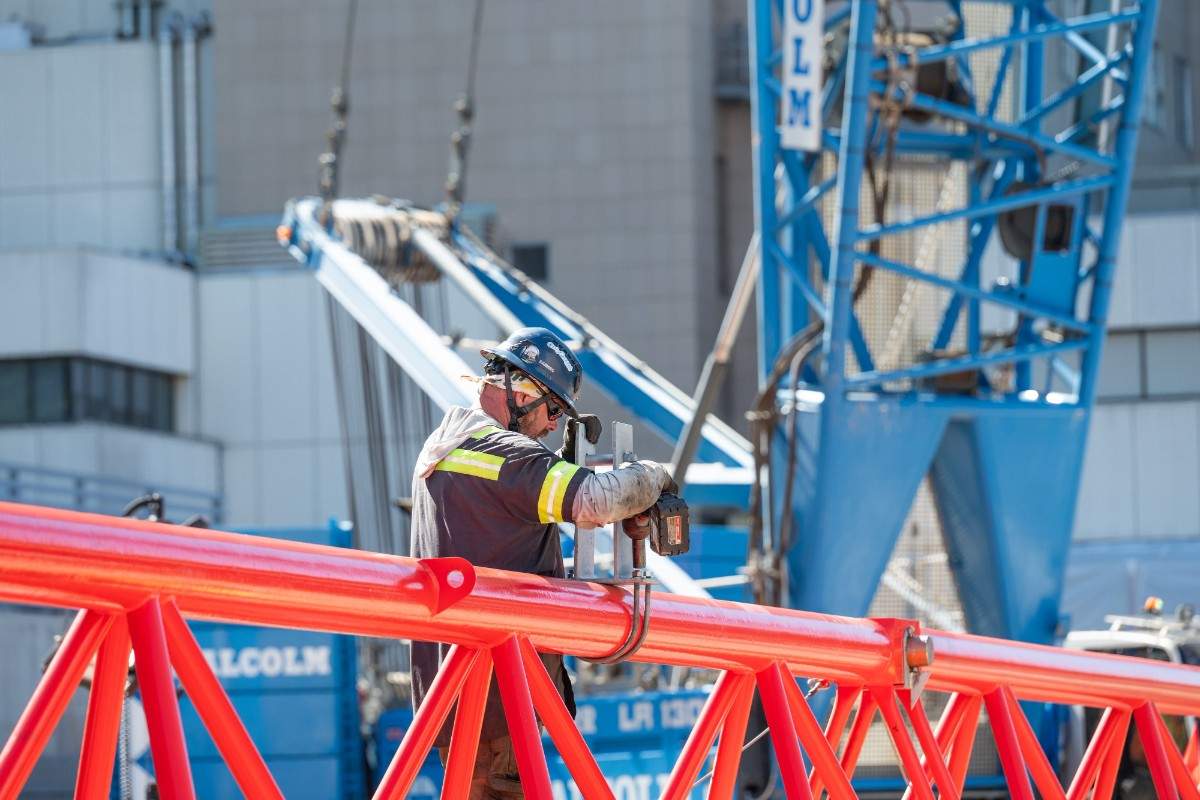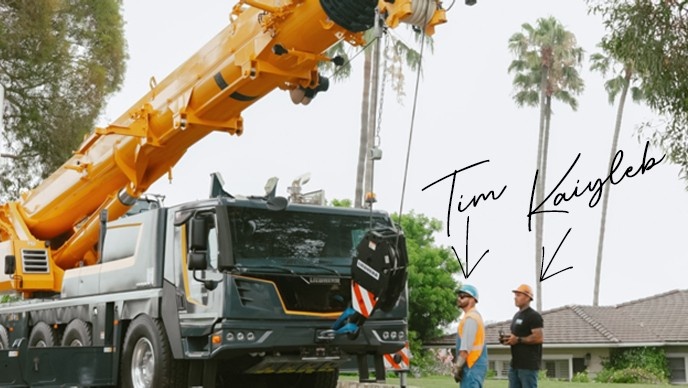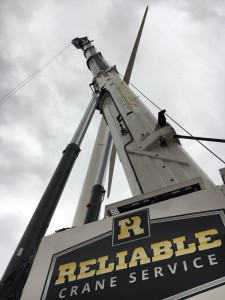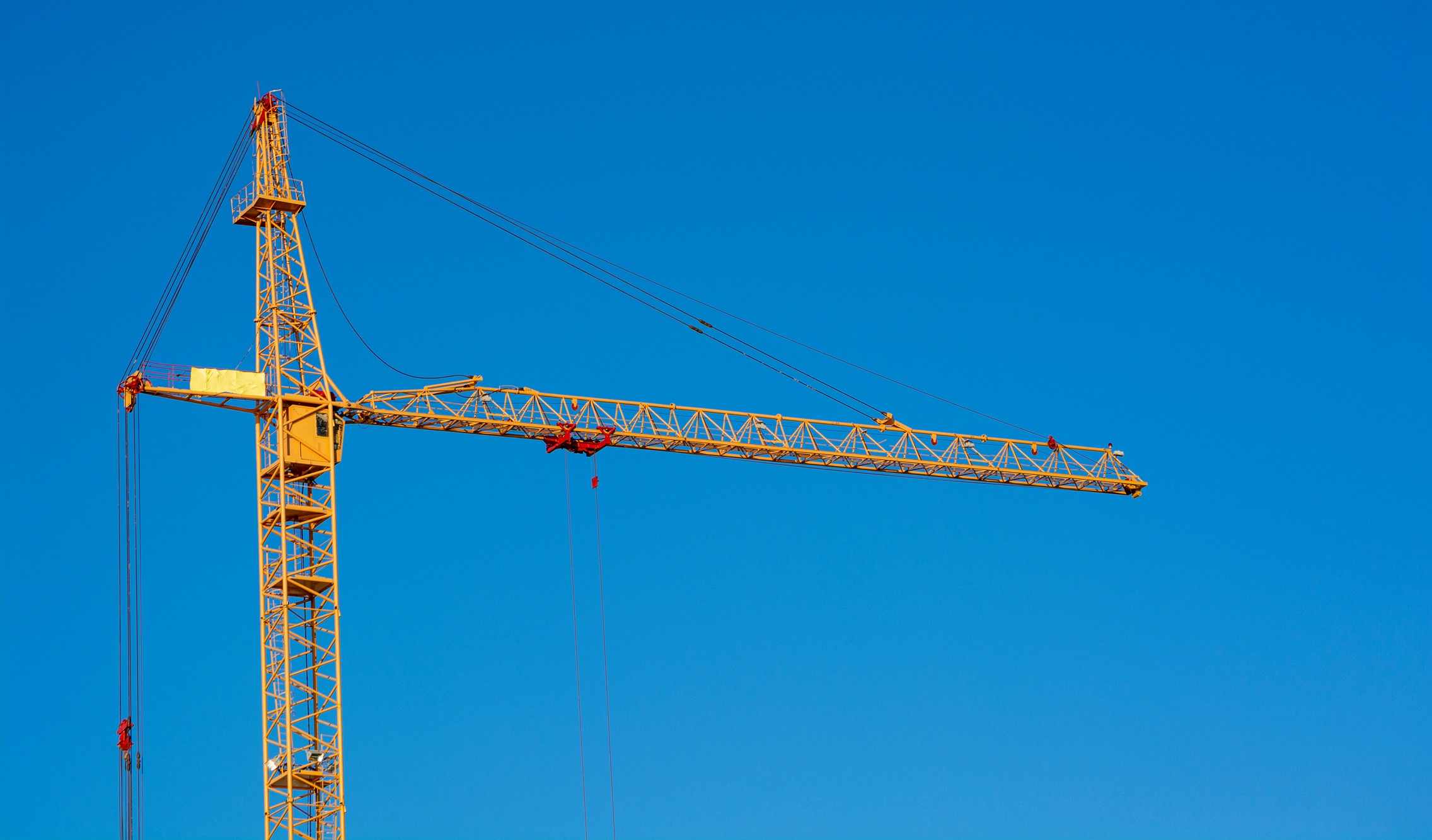Understanding The Parts of a Crane
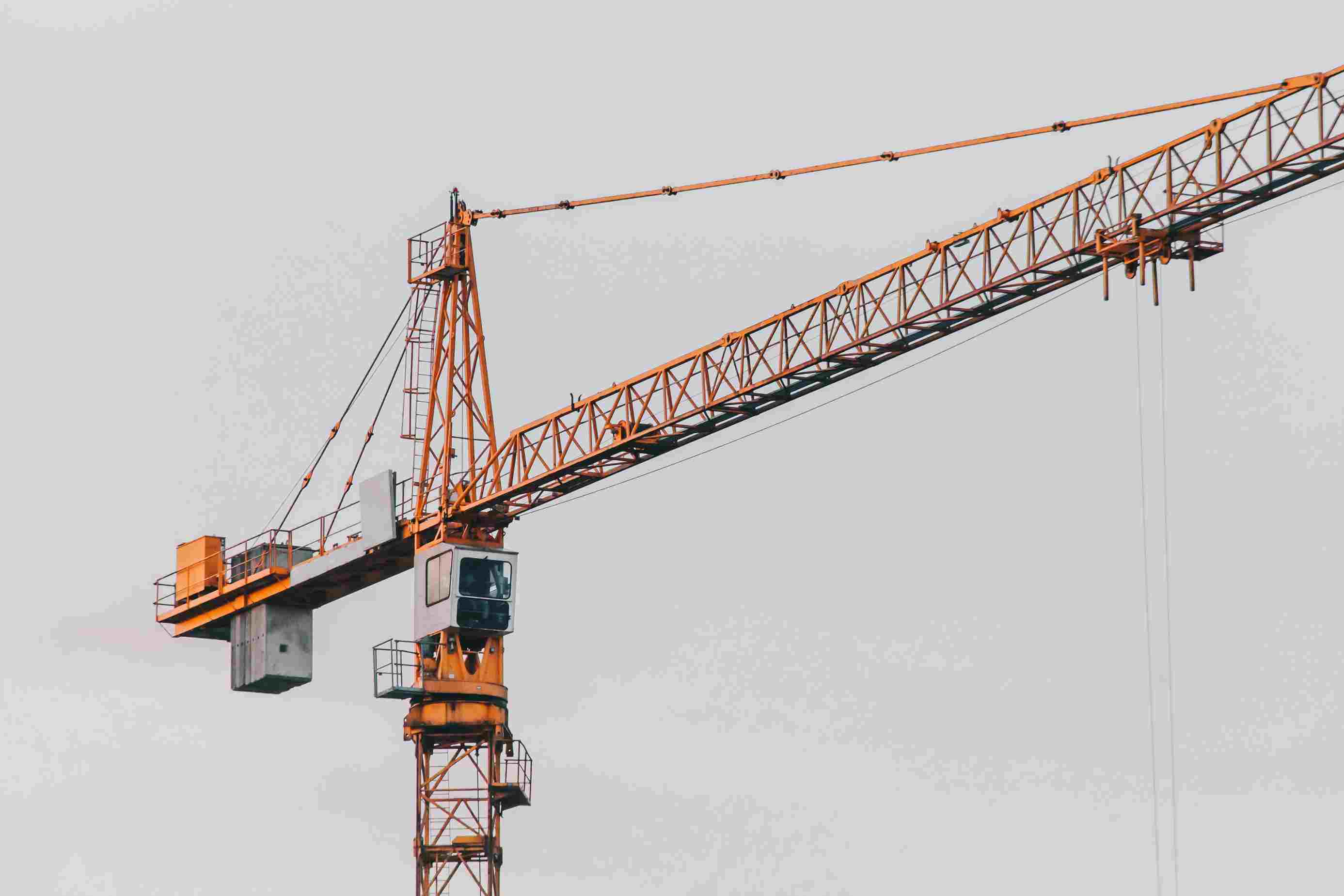
Cranes are standard equipment across different construction sites, especially in California, Nevada, and Arizona, where construction is booming. They make construction more manageable by helping workers lift heavy materials and reach unimaginable heights in urban skyscraper construction. The ability of cranes to meet different functions depends on their parts. Reliable Crane Service is here today to give you the breakdown of the cranes we implement daily. Here is a breakdown of six central components and their functions.
The Hook
This is the most noticeable crane part. It connects the crane to the cargo it needs to carry or move from one place to another. It has a safety latch that prevents the payload from slipping when moving the load. The hook is made from steel or iron that's put through rigorous forging to produce a strong material.
The Boom
The boom is the largest part of a crane that holds the hook block and the wire rope cables. It provides different lengths to reach the height needed to lift, move, and position the cargo. There are two forms of the boom: Lattice and hydraulic boom.
A lattice boom is made of welded steel and has a W or S-shaped design, hence its name. This design decreases the total weight while providing maximum support for the cargo. A hydraulic boom has telescopic sections that extend it to reach longer heights while lifting cargo.
Counterweights
A counterweight is a massive block of weight at the back of the crane. It provides the necessary weight needed to offset the weight of the load and avoid tipping over the crane in the load direction. This crane part is removable for easier transportation in mobile cranes.
They are also stackable to counterweight different load sizes. Tower cranes' counterweights are often placed at the jib's opposite side, while in mobile cranes, they're found at the base.
Outriggers
These beams extend from the lower parts of the deck to increase the crane's stability along with the counterweights. They provide stability to keep the crane secure as it moves materials around a construction site. This results from its ability to lift the crane off its wheel, eliminating the possibility of movement and shifting its position due to wheel movement.
The Hoist
The hoist is the part that creates lift in a crane. It uses a cracking mechanism and wire ropes to move the hook. It holds the wire ropes, allowing operators to move heavy cargo over long distances and heights while allowing enough cable to maintain a safe hold. Without it, the payload would not get off the ground. This makes it one of the crucial crane parts.
The Base
The base is the part that holds the boom, hoist, counterweights, operational cab, wires and ropes, and the hook in place. It varies according to the type of crane. Mobile bases use the chassis as the base, while stationary crane bases are bolted into a large concrete pad.
See How Reliable Crane Services Can Make Your Project Easier
The above-stated crane parts are just a few essential components that make the crane functional. It's best to seek a trusted crane rental service if you need cranes for your construction project.
At Reliable Crane Service, we have all sorts of cranes for all your lifting needs. We offer premier lifting solutions in the Western US, including California, Nevada, and Arizona. Whether in high-rise constructions, oilfields, wind industries, power plants, or tank sets, we have exactly the right crane for the job site. We also offer project management services to help you plan and execute your construction seamlessly from its planning to completion. Contact our team to find out more about our services.
Image source: Johnny Bravoo via Shutterstock

